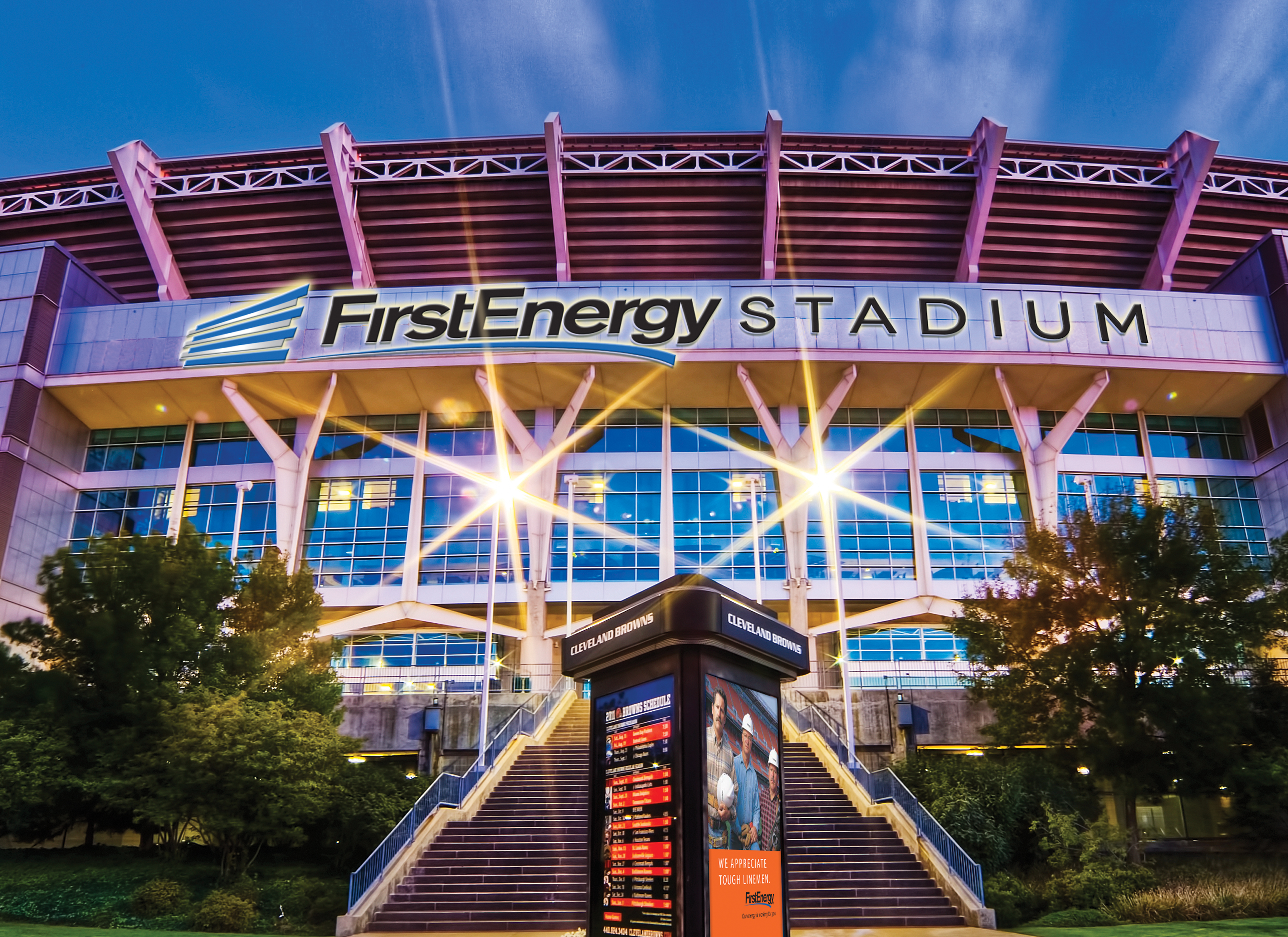It’s that time of year again. Tonight is the official kick-off of the NFL season with the Super Bowl champion Denver Broncos hosting the Carolina Panthers at the Mile High Stadium.
And after the excitement of the Cleveland Cavaliers winning the NBA Championship and the Cleveland Indians currently leading the American League, it’s only reasonable to hope that this will be the year of the Cleveland Browns. In the 2015 season, the Cleveland Browns finished tied for last place in the AFC, so being the Cleveland Brown’s year, here’s to hoping that they do better than last year.
 Since 1999, the Cleveland Browns have played in the First Energy Stadium – a first-class, 67,000+ seat stadium paid for by both public and private dollars. In the United States, there are 226 stadiums with seating capacities ranging from 20,000 to 107,000. And of them, 31 are NFL stadiums – remember the New York Giants and Jets share the MetLife Stadium.
Since 1999, the Cleveland Browns have played in the First Energy Stadium – a first-class, 67,000+ seat stadium paid for by both public and private dollars. In the United States, there are 226 stadiums with seating capacities ranging from 20,000 to 107,000. And of them, 31 are NFL stadiums – remember the New York Giants and Jets share the MetLife Stadium.
Funding, owning, maintaining and filling stadiums is a tough business and is a business that is reliant on having a marquee primary occupant. And when that occupant leaves, stadiums have little hope for survival. For example, the Detroit Silverdome was home to the Detroit Lions from 1975 until they moved to Ford Field in 2002. Four years after the Lions moved to downtown Detroit, the Silverdome closed and was demolished this past Spring. The majority of NFL stadiums are funded by taxpayers and when the primary tenant moves, the stadium eventually closes and the taxpayers are left holding the bag. Looks like this same scenario will happen in St. Louis. The Rams moved back to Los Angeles leaving the 70,000+ seat Edward Jones Dome empty. Taxpayers will be responsible for paying $12M per year until 2022 for on-going maintenance costs and to fulfill the original construction debt.
